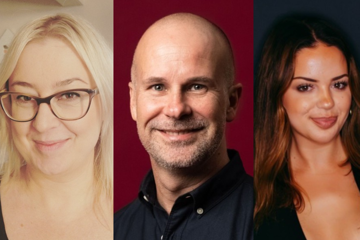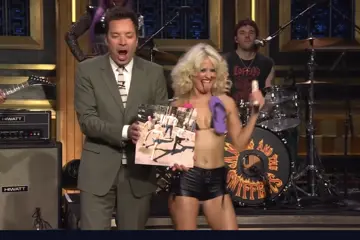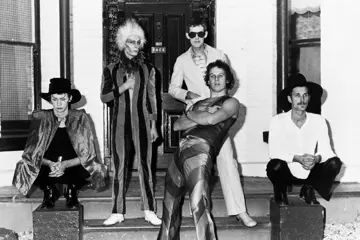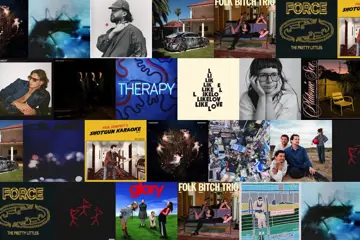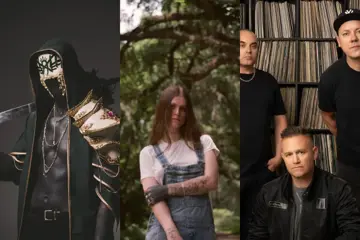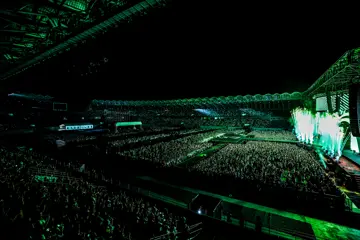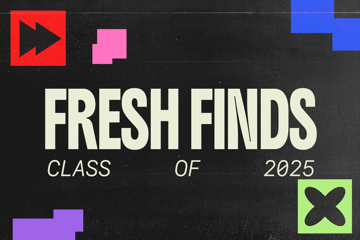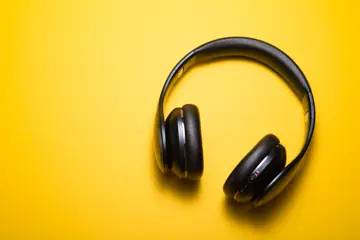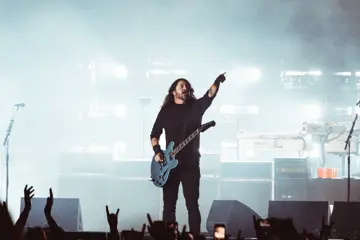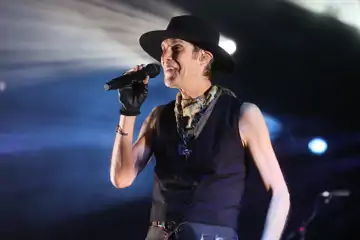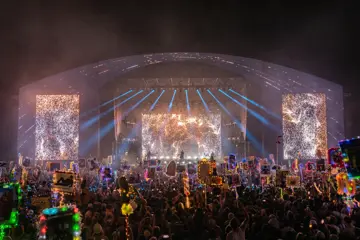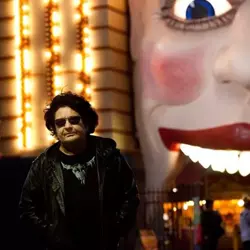 Richard Clapton
Richard ClaptonThe carnivalesque title of Richard Clapton's new album and the joyous melody of the opening track Sunny Side Up disguise the much darker and broader subject matter of the majority of the album… his recent, 'difficult' divorce! It's been eight long years since Clapton's last album Diamond Mine and the reasons for the delay are laid bare in the lyrics of the new record. “It was a fairly miserable divorce, so I just turned the album into a catharsis,” says Clapton. “That's kind of what I like about the album because it is very real. I think it is good when a songwriter writes an album just for themselves. I wasn't thinking if I was going to have a hit with it or how many copies I was going to sell.”
Richard Clapton is one those rare artists who couldn't make a dud album if he tried, and Harlequin Night is no exception; it's a gem. Apart from displaying his usual top-shelf songwriting skills, the guitar tones are well thought out, refined and apt for each and every tune. However these were achieved not through a collection of hot vintage stomp boxes but 2012 style, using AmpliTube in Pro Tools. AmpliTube is a guitar amp and effects modelling software package produced by IK Multimedia out of Modena, Italy and Clapton and his guitar-totin' offsider Danny Spencer used it extensively on the album.
“AmpliTube has moved ahead in leaps and bounds during the course of this album and the quality of it is so good,” says Clapton. “Frankly, Danny and I did try guitars at Alberts studios a couple of times but unfortunately, I think the art of recording guitars has been lost to an extent. I don't want to sound overly critical of young engineers coming up but… for example, when we did The Great Escape, I know that Mark Opitz and Ian Moss got eleven Marshalls in before they were happy. The Marshalls were moved, not only all over the studio but different rooms, different mics. In those days we used to take a long time getting those sounds. For Danny and I, AmpliTube... well it's making us seasick there are so many presets and now we have a full library of our own edits. I'll save a file like 'Danny's Skankytown', which is great because in the old days if you wanted to come back to something, you'd have to go through the whole process of trying to get that sound you had two weeks before. I love this aspect of modern recording technology. You switch on Tools, and there's everything exactly as you left it. You get AmpliTube up and there's 'Danny's Skankytown', the slide sound he had six months ago.”
Pushed further about his use of effects over the years and what he might use in his shows this year, much like the album substance, Clapton is brutally honest. “I don't use many effects,” he states. “I went through a phase a few years ago where I used a SPX500 and I got sick of it after a while. It was the late '80s and thought it was great because I had all of the presets. I got sick of that and went through a TC Chorus pedal and I am endorsed by Laney which gives you nice compression in everything anyway. So for a long time I was just using the TC Chorus with the Laney amp. Recently I started getting into using the Keeley compressor, they're awesome compressors, really transparent. It gives you a little sparkle up the top and nice colouring but Danny is a real guitar player, whereas I am a songwriter guitar player. I'm sure Danny will be a lot more fastidious about his sounds than I will be. I'm trying to conduct a show and it's hard for me, I don't want to get distracted trying to get the exact same sounds on the album but Danny is a lot more free on stage to do things and he has a pretty impressive pedal board. Some of his sounds that I really like are the pure ones, like [on album the tracks] Blowing Smoke Up At The Moon and Vapour Trails. It may not sound like it but we went to a hell of a lot of trouble to get those sounds. I know they are plain straight guitar sounds. What I have experienced working with INXS and Ian Moss… the sound is so critical for a guitar player.”
The convenience of modern day digital recording technology has opened up a brand new world of possibilities for Clapton. The eleven tracks on Harlequin Nights were culled from twenty three. “If I wanted to, and there was demand for it, I could probably do a whole new album,” he says of his options. Longtime fans will be hoping Harlequin Nights is only the beginning of a new recording era for Richard Clapton.
www.richardclapton.com

